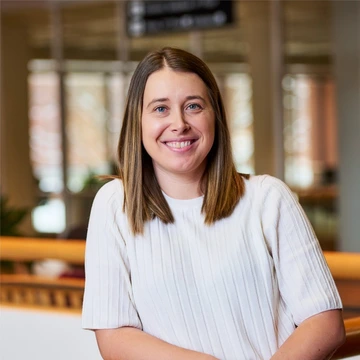Blog Series: Rohingya Voices & Finding Joy

This article is part of a series of blogposts by UArizona Human Rights Practice students who worked in collaboration with Rohingya refugees in Bangladesh during the summer of 2022. The students received crucial financial support from the Resilience Internships and Student Experiences (RISE) Program of the Arizona Institute for Resilience.
by Abby Nelson
There are many moments and experiences in life that are transformative to who we are and change our perspectives on the world. When starting my MA in Human Rights Practice at University of Arizona, I never imagined that I would have the opportunity to travel to Bangladesh and work directly in the field in a refugee camp, and contribute to a human rights issue that I care so deeply about. Our research with the NGO Artolution on their mural project conducted in partnership with the office of United Nations High Commissioner for Refugees (UNHCR) allowed us many learning opportunities. Going into the trip, we were prepared with our research design, but no amount of being told and shown “what to expect'' can prepare you for your first time in a refugee camp or prepare you for all of the thoughts and emotions that remain once you are back home. While there were times I experienced deep emotions, had difficult conversations, and faced challenges, the moments of joy and happiness are what stick out to me the most.

Joys during the trip were presented in many ways. From shopping with Dr. Ishrat for beautiful Salwar Kameez, to our team’s daily stops at North End Coffee after a long day in the camps, or even our frequent missions to find Bill Simmons some Diet Coke… there were countless experiences we enjoyed as a team. While I can go on and on about the many different experiences we had, the stories and expressions from the Rohingya artists are the most important to share. At the start of our work in the camps, we were teaching the artists how to use tablets to administer surveys and collect data. Artist, Mohammad Hasan, expressed that learning how to do research and gather data made him feel “alive again.” As I got to know him, I learned that back in Myanmar he had attended university for a few years, prior to having to flee to Bangladesh. He was studying Zoology, and said that going to school was one of the things that brought him joy back home. Being able to learn again brought him “joy he didn’t know he would have again.” During the survey exercise, I also got the opportunity to know artist Dildar Begum and her story. Dildar has experienced unimaginable traumas, but has found her strength to share her story and speak about her experiences. On the first day, she started to share this with me and expressed that she is happy to be able to share this with me, because she wants us to go out into the world and spread awareness of the experiences of the Rohingya people.
While the conversations about their experiences and life prior to the camp were difficult, all of the artists expressed that working with Artolution and being able to tell their story through art, [and to us], brings them strength and joy. These accounts from the artists showcase that joy can be found, and exist in situations of crisis and trauma. The trauma that the Rohingya people experienced [and continue to experience in the camps] does not define them, and I am grateful for having the opportunity to get to know the Artolution artists, hear their stories, and experience joyful moments with them.
See also:
Blog Series: HRTS student experiences working with Rohingya refugees in Bangladesh
Blog Series: Co-creating Community-Based Strategies for Human Rights in Bangladesh
Blog Series: Resilience of the Human Spirit and Learnings from our Time in a Rohingya Refugee Camp

